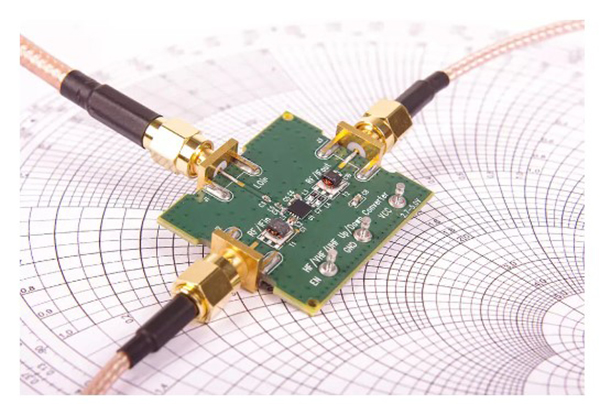RIGID PCBS

RIGID PCBS
What is a Rigid PCB?
A rigid circuit board is the most traditional form of board in the PCB world. They remain hugely popular today and are used in many products consumers use daily.
Rigid PCBs are a form of circuit board which are solid and inflexible in their structure and therefore cannot be bent or flexed. They’re made up of several different layers, such as a substrate layer, a copper layer, a solder mask layer and a silk screen layer, which are joined together via adhesive and heat.
Whilst some circuit boards are only single sided, double sided or multilayered, rigid PCBs can take any of these forms depending on the requirements needed. However, once they have been manufactured they cannot be modified or changed.
When should you use a rigid PCB & what are the benefits?
If you are looking for an option that is cost-effective and can be produced in large quantities, then rigid PCBs are a good option for you. They also tend to be more durable than other boards like flexible PCBs, for example, so if you are looking for a hard-wearing circuit board a rigid PCB – with its increased circuit density – is a perfect choice.
Rigid boards are particularly popular in products and industries where it is vital that components remain fixed, as they can cope with both heat and high levels of stress during their lifespan.
Where are rigid PCBs used?
Rigid PCBs are used in many day-to-day products that we rely on for work and communication, such as:
- GPS equipment
- Computers, laptops, tablets and mobile phones
Additionally, they’re used in important medical equipment where they are mainly used in large, non-portable apparatus such as:
- X-rays
- Heart monitors
- CAT scans
- MRI systems
PCBs can withstand high temperatures thanks to their copper and aluminium substrates, which means they are also the perfect boards for the aerospace industry, where they’re used in a variety of essential equipment:
- Aeroplane cockpit instrumentation
- Temperature sensors
- Control tower instrumentation
RIGID PCBS
What is a Rigid PCB?
A rigid circuit board is the most traditional form of board in the PCB world. They remain hugely popular today and are used in many products consumers use daily.
Rigid PCBs are a form of circuit board which are solid and inflexible in their structure and therefore cannot be bent or flexed. They’re made up of several different layers, such as a substrate layer, a copper layer, a solder mask layer and a silk screen layer, which are joined together via adhesive and heat.
Whilst some circuit boards are only single sided, double sided or multilayered, rigid PCBs can take any of these forms depending on the requirements needed. However, once they have been manufactured they cannot be modified or changed.
When should you use a rigid PCB & what are the benefits?
If you are looking for an option that is cost-effective and can be produced in large quantities, then rigid PCBs are a good option for you. They also tend to be more durable than other boards like flexible PCBs, for example, so if you are looking for a hard-wearing circuit board a rigid PCB – with its increased circuit density – is a perfect choice.
Rigid boards are particularly popular in products and industries where it is vital that components remain fixed, as they can cope with both heat and high levels of stress during their lifespan.
here are rigid PCBs used?
Rigid PCBs are used in many day-to-day products that we rely on for work and communication, such as:
- GPS equipment
- Computers, laptops, tablets and mobile phones
Additionally, they’re used in important medical equipment where they are mainly used in large, non-portable apparatus such as:
- X-rays
- Heart monitors
- CAT scans
- MRI systems
PCBs can withstand high temperatures thanks to their copper and aluminium substrates, which means they are also the perfect boards for the aerospace industry, where they’re used in a variety of essential equipment:
- Aeroplane cockpit instrumentation
- Temperature sensors
- Control tower instrumentation